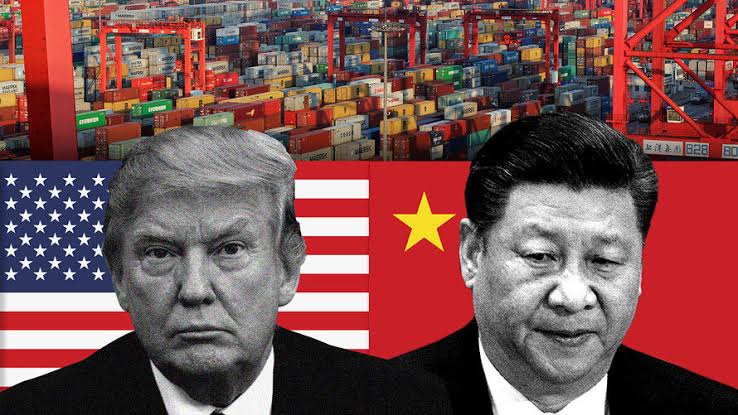There is another twist in the tale for China and US technology trade war. In response to the recent export blacklisting of Chinese artificial intelligence firms like Huawei and SenseTime, the Asian superpower has launched a multi-billion-dollar fund to boost the domestic manufacturing of silicon chips, including NAND, DRAM, CPUs and GPUs so that its fast-growing tech industry is not be hampered.
China is currently the world’s biggest importer of silicon chips amounting to $200 billion in annual spending. The $28.9 billion fund, also known as the China National Integrated Circuit Industry Investment Fund, is aimed at China’s self-reliance in the semiconductor supply chain which means that the Asian superpower will no longer depend on American companies like Intel, AMD, Qualcomm for its computing needs, including data centers, smartphones, laptops and other smart gadgets.
China has been seeking to beat the US in the technology race, particularly when it comes to artificial intelligence.The significance of home-grown chips is huge given the global economy is increasingly relying on technological advancements of the digital age. In this light, 27 organisations including Chinese Ministry of Finance and China Development Bank in total came together to pool the funds.
The Trade War Extends To Chip Manufacturing
The fund comes right after the US blacklisted multiple Chinese AI firms that were alleged to have been involved in developing surveillance systems for the Chinese government. From example, Sensetime- a company which had an academic partnership with MIT and whose revenue has been climbing fast to a billion annual dollar — was included in the export blacklist and barred from buying components from US companies.
The animosity between the two countries has been well documented recently, particularly in cases where the US regulators asked its citizens to abandon Chinese products and services from companies like Huawei and TikTok, calling them potential national threats.
China Chip Manufacturing Still Lags In Bleeding Edge Technology
In recent years, China’s Semiconductor Wafer Fabrication (FAB) capacity has been growing the fastest in the world, and given the impetus of the new foundry and chip projects driven by domestic and foreign players.
Two major types of chips that the Chinese are keen on being able to build are memory-focused chips such as NAND and DRAM. China already seems to be closing the gap in the manufacturing of NAND, a non-volatile memory chip utilised for storage in all things ranging from 16GB MicroSD cards to high-performance SSDs. Yangtze Memory, a state-backed chipmaker which was reported recently to have started volume production of the country’s first homegrown 64-layer 3D NAND flash chips.
But for advanced CPUs and DRAM, the country lags behind its global counterparts. The biggest chip manufacturing company in China, Semiconductor Manufacturing International Corporation (SMIC) started manufacturing CPUs based on 14nm technology in 2019 whereas TSMC in neighbouring Taiwan is producing high-performance CPUs on its 7nm process. In fact, TSMC is starting a US$19.6 Billion 3nm fab in S. Taiwan. In fact, all leading fabless semiconductor companies such as Qualcomm, Nvidia, Advanced Micro Devices (AMD), MediaTek, Marvell and Broadcom are customers of TSMC.
Lesson For India
India has been lagging behind in fab units expansion and there is no large scale semiconductor manufacturing in the country at the moment. Factors like the lack of infrastructure and lack of skilled labour in the country are to blame. On the other hand, the country has seen substantial growth in chip design services in the last decade.
The Indian government is certainly working to promote the manufacturing of chips in the country, and may also look to capture a small share of chip manufacturing market given US silicone designers may look to India for manufacturing needs. The incident is a lesson for India in self-reliance, where a government fund can be used to boost the semiconductor ecosystem.
Overview
It seems that China has taken the development of the semiconductor industry in its own hands. The creation of a large fund focused on semiconductor chips sends a signal that China will not depend on US companies and increasingly move towards developing chips within the country that will fuel its 5G, video sensing and other AI-related initiatives. It also shows Chin’s stubbornness to not give in to US tactics when it comes to the ongoing trade war and become self-reliant instead. Despite being years behind in chip manufacturing, the nation has set forth actionable plans involving billions of dollars to compete head-to-head with the global superpower in technology. The fund will further strengthen global protectionist policies that rose with the China-US Trade War ever since Donald Trump rose to power in 2016.





















